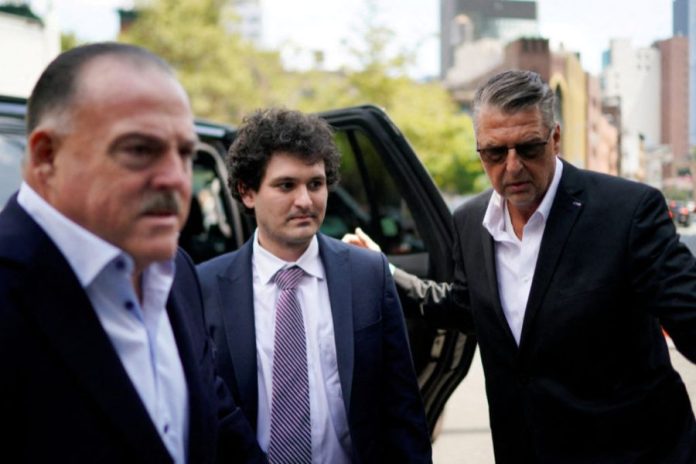In the ongoing trial in the United States, new revelations have emerged regarding Sam Bankman-Fried, co-founder of FTX cryptocurrency exchange, allegedly authorizing the illicit use of customer funds and assets to address financial shortfalls in affiliated hedge fund Alameda Research.
The prosecution is building a case against Bankman-Fried, portraying him as the mastermind behind a major fraud. Gary Wang, FTX’s co-founder and former CTO, testified as a crucial witness, disclosing that losses incurred by Alameda Research became too significant to conceal.
This contradicts the positive public image projected by Bankman-Fried, who tweeted reassuringly just days before FTX filed for bankruptcy in November 2022.
The allegations against Bankman-Fried are severe, with prosecutors claiming he misappropriated billions of dollars to fund a luxurious lifestyle in The Bahamas and influence politicians, celebrities, and the public. Wang and other FTX executives known as the “inner circle” have agreed to testify against Bankman-Fried in exchange for leniency in their legal proceedings. Wang himself has already pleaded guilty to multiple fraud charges.
Prosecutors plan to call Caroline Ellison, former CEO of Alameda and Bankman-Fried’s ex-girlfriend, as a witness.
Wang’s testimony revealed that he introduced code into FTX’s operations, granting Alameda Research significant privileges, including unrestricted withdrawals and a credit line of up to $65 billion.
Initially, these privileges were granted due to Alameda’s role as FTX’s primary market maker. Over time, Alameda took advantage of these privileges, siphoning off cryptocurrencies and dollars from FTX customers. This symbiotic relationship helped both entities as FTX expanded rapidly from 2019 to 2022.
Bankman-Fried allegedly ordered substantial losses incurred by FTX due to a software vulnerability to be transferred to Alameda Research’s balance sheet, a company closely tied to FTX.
This contradicts Bankman-Fried’s public statements that Alameda was no different from any other FTX customer. As the months went on, Alameda Research faced staggering losses of $14 billion, making any potential solutions futile.
After FTX filed for bankruptcy, Bankman-Fried instructed his colleague, Gary Wang, to transfer most of FTX’s remaining assets to securities regulators in The Bahamas instead of U.S. authorities overseeing the bankruptcy proceedings.
Bankman-Fried believed that Bahamian regulators would be more accommodating and allow him to retain control of the company. Realizing the severity of the situation, Wang contacted the FBI to avoid a lengthy prison sentence for his involvement.
During the trial, Bankman-Fried’s defense argued that FTX executives, including Wang, failed to fulfill their duties in implementing financial hedges to protect FTX from the cryptocurrency crash of 2022.
They claimed that Bankman-Fried was managing a liquidity crisis caused by the collapse of cryptocurrency values and criticism from a major competitor, leading to a run on his companies by customers trying to recover their deposits.
Bankman-Fried’s lawyers also downplayed the special relationship between Alameda and FTX, stating that it was not uncommon for market-making entities like Alameda to experience losses or borrow funds from an exchange.
Source: Cloudfront.net

